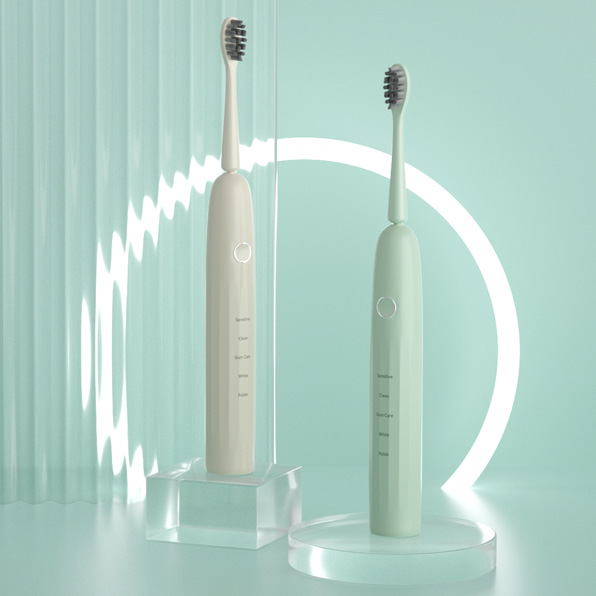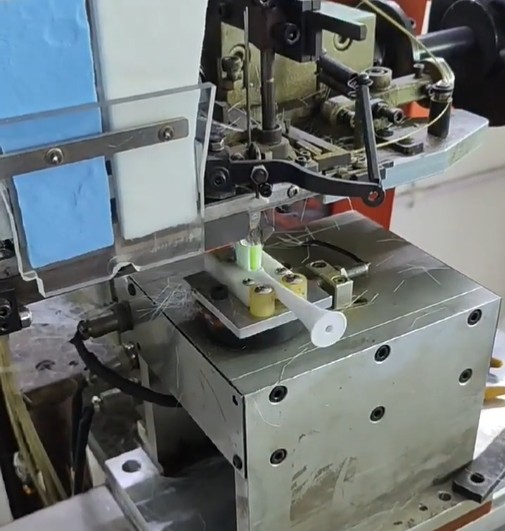In the pursuit of oral cleanliness, many end users unintentionally adopt an overbrush habit, believing that more force or longer brushing time equates to better hygiene. However, evidence increasingly suggests that excessive brushing can go beyond surface abrasion, triggering deeper biological responses such as pulp inflammation. For B2B device manufacturers and dental technology developers, understanding this connection is critical to designing tools that not only clean effectively but protect long-term dental health.
The overbrush habit is typically defined by:
This behavior often stems from consumer misconceptions about oral hygiene, lack of device feedback, or poor ergonomic design that doesn’t intuitively correct user misuse.
While overbrushing is commonly associated with enamel erosion or gingival recession, the real danger lies beneath. When enamel is stripped and dentin exposed, the dental pulp—which contains nerves and blood vessels—becomes vulnerable. Prolonged mechanical stress or thermal sensitivity from exposed dentin can lead to pulp inflammation, a condition that may start subtly but escalate into:
For OEM/ODM partners and electric toothbrush makers, understanding pulp inflammation caused by overbrush habit has significant implications:
Failure to address this risk could reduce user retention and invite clinical pushback.
Leading B-end suppliers are incorporating advanced features to reduce the risks associated with overbrushing:
These design strategies reflect a shift from “more cleaning” to “smarter cleaning.”
In addition to device intelligence, material selection plays a key role in mitigating inflammation risks:
Combining materials science with ergonomic awareness ensures holistic protection against pulp inflammation.
From a B2B marketing standpoint, building devices that help prevent overbrush habit and its severe outcome—pulp inflammation—can be a powerful differentiator. Brands increasingly seek:
By embedding these concerns into R&D, manufacturers can lead in a category where oral health meets digital intelligence.
The link between overbrush habits and pulp inflammation is a sobering reminder that oral care technology must evolve with biology in mind. For device manufacturers and B2B partners, this represents both a challenge and an opportunity: to deliver not just hygiene, but protection—against the very behaviors our users may not realize are harmful.
Smart sensing, thoughtful materials, and user education form the triad of defense. And in this case, prevention may be the only way to ensure the damage remains reversible. Contact us
-300x300.jpg)
-300x300.jpg)
Mode Failure Accelerates Enamel Cracks? Stop Using Now!
.jpg)
Key Points for Customized Water Flosser Nozzle: Food-Grade Silicone vs. PP Material and Antibacterial Structure Design

Can a Folding Toothbrush Design Make This Travel Electric Toothbrush Fit in a Wallet?
Are Child safety Electric Toothbrushes Made from Materials?

How to Find Reliable Electric Toothbrush Manufacturers for Your Oral Care Brand
.jpg)
Is Bluetooth Toothbrush APP Tracking Failure Causing User Adaptation Issues?
.jpg)
Pressure Sensor Toothbrushes: Prevent Over-Brushing with Smart Tech
.jpg)
sonic electric toothbrush Montgomery

Beyond Aesthetics: How Integrated Design Elevates Your OEM Electric Toothbrush
.jpg)
What’s the Gentlest Brush for Gums?
Brush Shedding with Sensor Failure? What B2B Buyers Must Know!

The Science of Electric Toothbrush Bristle Layout: How Do Cross-pattern, Wave-pattern, and Height Difference Affect Cleaning Power?
.jpg)
Is Sensitive Gum Electric Toothbrush Shedding Bristles?
Waterproof Failure Causing Material Toxicity? A Silent Risk in Oral Care Manufacturing

Oral Care and Personal Confidence Enhancement: A Dual Strategy from Whitening Effect to Product Appearance Level
.jpg)
Developing an Electric Toothbrush Sourcing Strategy?

electric toothbrush heads Ultra Soft

electric toothbrush heads Charcoal Infuse-Round
.jpg)
Florida Electric Toothbrush – Powsmart PTR-C8

Electric toothbrush heads Charcoal Infused-Diamond

Private Label Whitening Gel

Customization Teeth Whitening Gel

electric toothbrush heads Deep Clean

electric toothbrush heads Regular Clean
whstapp
whstapp
National Toll-Free Service Hotline
+86 755 86238638